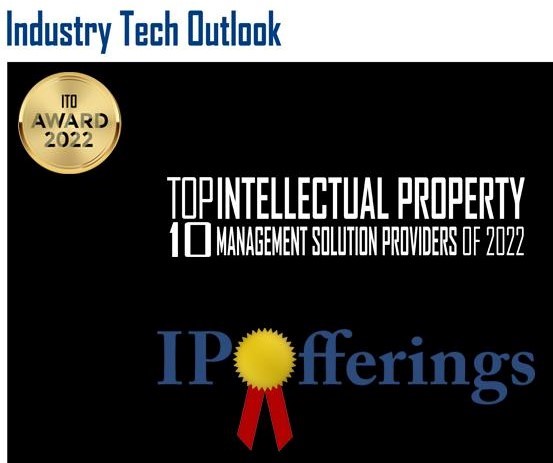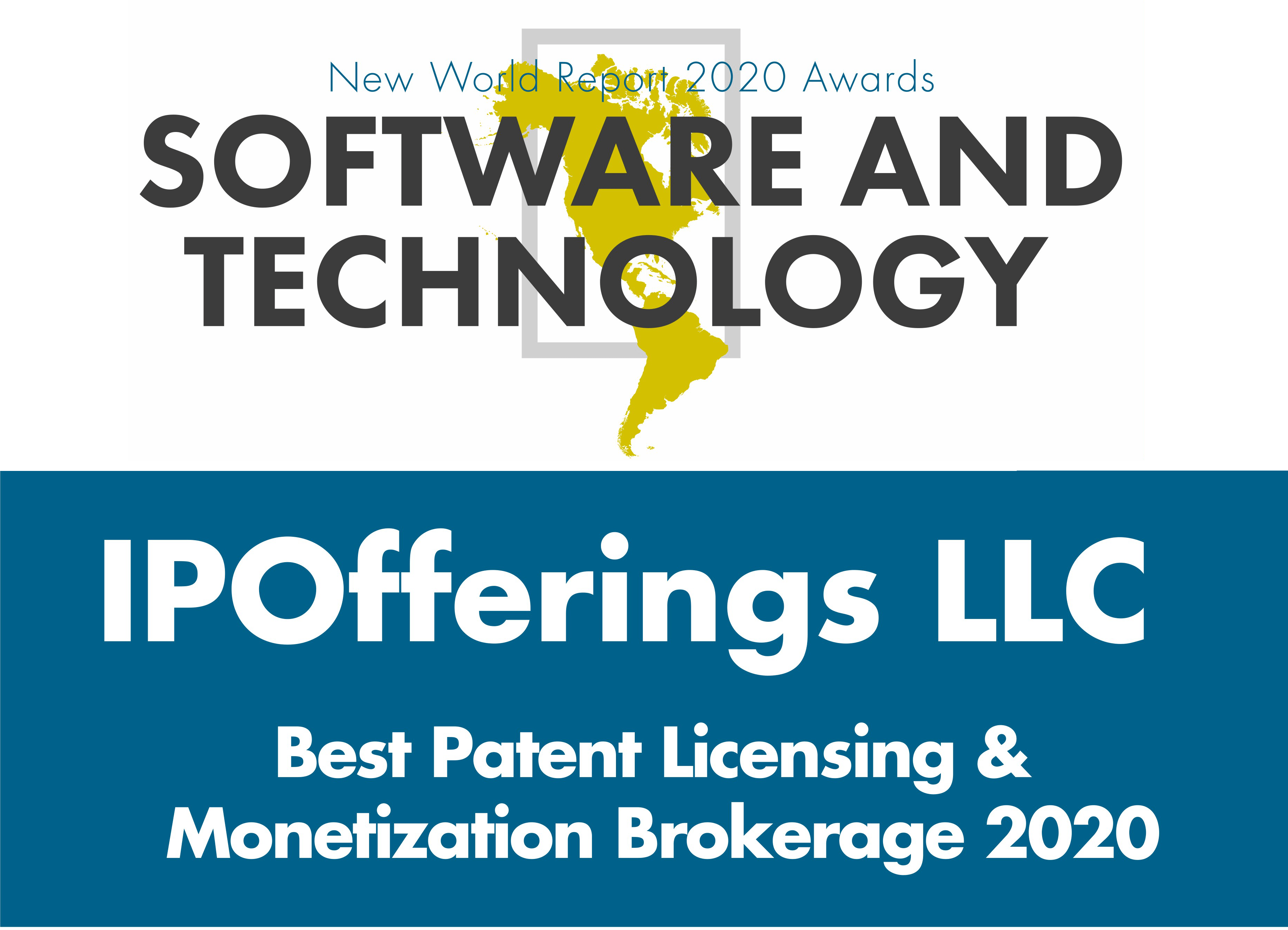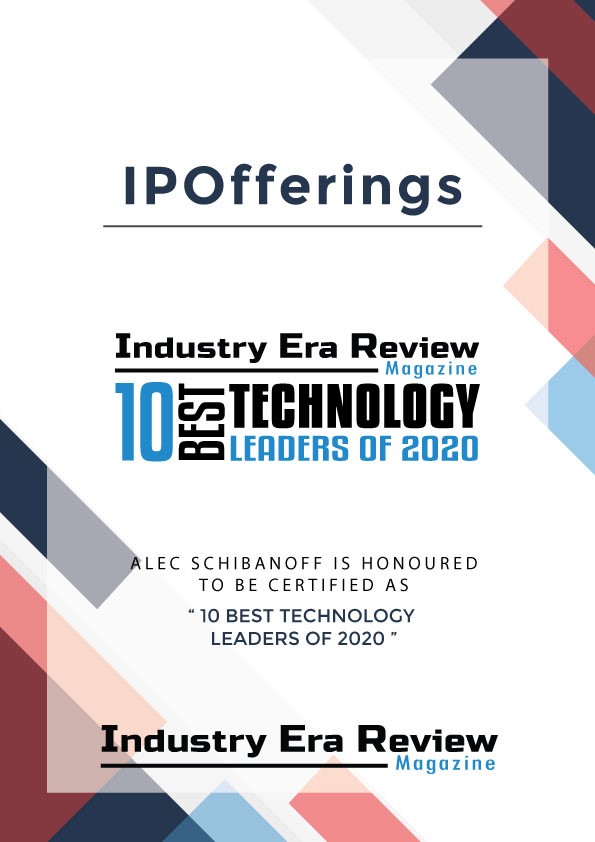Patent MarketPlace: Artificial Intelligence (AI) Patents for Sale
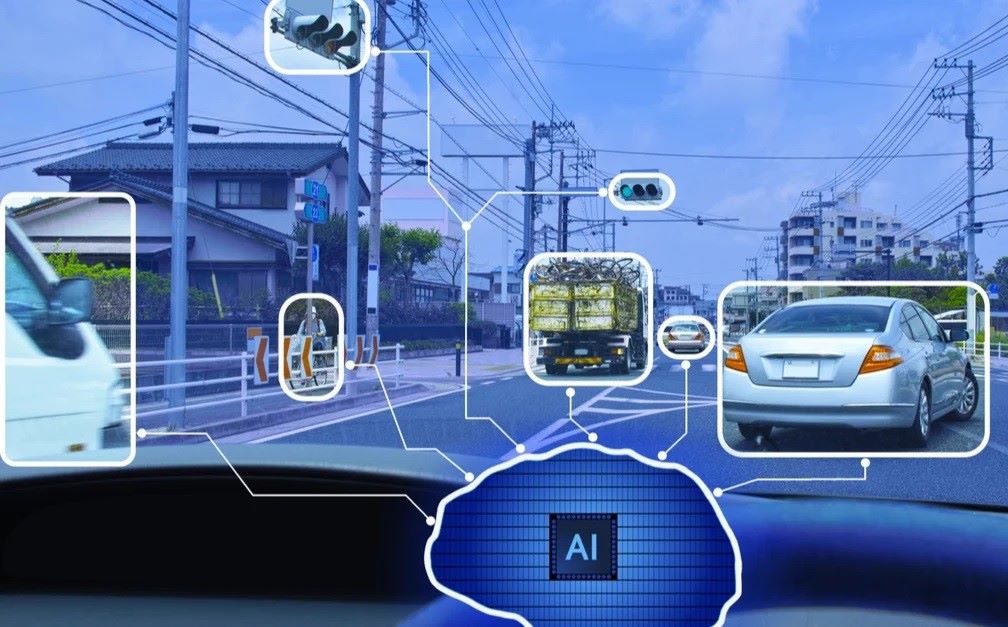 Autonomous Vehicle AI Training (Foresight AI): Four U.S. Patent Portfolio
Autonomous Vehicle AI Training (Foresight AI): Four U.S. Patent Portfolio
The autonomous vehicle (AV) is still in the early stages of development. For autonomous (or self-driving) vehicles to become commonplace and broadly accepted by the driving public, the artificial intelligence (AI) that operates them is going to have to be significantly advanced in terms of performance and capabilities as it faces endless and unpredictable driving behavior out on the road. Just as employees need to be trained to make them more productive and efficient, the AI that powers an autonomous vehicle needs training in a realistic simulation that will make it smarter, more productive, and more efficient. That is exactly what this portfolio does!
This portfolio creates the very first “simulated training academy” for the artificial intelligence that drives an AV. These four patents work together to create high-fidelity 3D environments of traffic conditions in which autonomous vehicle AI learns by interacting with challenging driving scenes in realistic simulation. One patent uses drones to create 3D images of typical scenes – such as an intersection – that an AV will face every day. The second patent creates 3D digital twin images of dynamic environments that autonomous vehicles will encounter, including roads, signs, buildings, sidewalks, and other drivers. The third patent uses light detection and ranging (LIDAR) technology to capture subtle, unpredictable motions that could be risks to the AV’s safety. And the fourth patent ties the three together into machine-learning technology that generates endless variations of challenging driving scenarios that helps autonomous vehicle AI learn more than driving millions of miles on the road.
Patent Portfolio
- U.S. Patent No. 10,970,924: Reconstruction of a scene from a moving camera
- U.S. Patent No. 11,094,112: Intelligent capturing of a dynamic physical environment
- U.S. Patent No. 11,430,145: Identification of local motions in point cloud data
- U.S. Patent No. 11,554,785: Driving scenario machine learning network and driving environment simulation
This portfolio will enable an autonomous vehicle OEM, first tier supplier, or autonomous vehicle company, as well as suppliers of AV electronics, AV simulation, and AV software to take autonomous vehicle artificial intelligence to the next level!
 Intelligent Construction Lien Tracking and Resolution (Nelson): U.S. Patent Application 20230206367
Intelligent Construction Lien Tracking and Resolution (Nelson): U.S. Patent Application 20230206367
It is a common practice for suppliers to a construction project to secure liens against the project to insure that they get paid. As a building or other project nears completion, it can have dozens of liens from dozens of suppliers and subcontractors. The building cannot be sold or refinanced until all those liens are paid, and determining which liens were paid and which were not, and what the true value of each lien is, and how to get it paid, can be a rat’s nest!
This patent application addresses this situation by creating a computerized database that accurately records each lien, prioritizes them, tracks and records all lien-related activities, and manages the mediation and settlement of each lien. Using machine learning, this patented technology guides the user through the entire process of filing a lien to getting paid. It can be used by the general contractor to track liens against a project, or by a contractor or supplier to track liens against the projects for which it is owed money. It even goes so far as to predict the likelihood of payment and to assist in mediating a settlement!
Rather than simply sell or license U.S. Patent Application 20230206367 for a “Smart intelligent lien dispute mediation system,” the inventor is seeking an investor that can enable the inventor to build a business based on this cutting-edge technology.
 More Attractive Version of a Photo or Video (Dichenko): U.S. Patent No. 10,991,082 and App
More Attractive Version of a Photo or Video (Dichenko): U.S. Patent No. 10,991,082 and App
Everyone has taken several pictures of the same scene, but could not decide which one is best. Or, an illustration has to be selected for an advertisement or packaging or some other purpose, and there are several to select from. Which is the most attractive? For some people, this can be critical decision. If you work for an ad agency or a publisher, the image you select can have a profound impact on your client's business!
The invention covered by this patent addresses exactly that dilemma. It includes technology that has the ability to determine the degree of attractiveness of an image, video, or music from among several similar photos, videos, or compositions. This patent covers technology that creates a highly effective photographic assistant that uses the latest scientific advances in image perception physiology and photo image elements algorithms. It analyzes detailed color data from each pixel of a several images, then rates each image in terms of attractiveness using an algorithm to determine the attractiveness coefficient (AC) of an image. The higher the AC, the more attractive the picture is for humans to view. This technology enables any set of photos, posters, illustrations, or other images – or video or musical pieces – to be ranked in terms of attractiveness to the largest human audience.
U.S. Patent No. 10,991,082 for “Determining an optimality coefficient of an image” can be used not just to make still images and videos more attractive, but to assist in selecting a wardrobe or choosing colors for interior design, color schemes, logos, packaging, and other visuals. The algorithm in the patent can even be used for the construction of metaverses! The patent comes with an app, PictureTheOne, so the acquirer of the patent can go to market immediately with a product based on the patented technology!
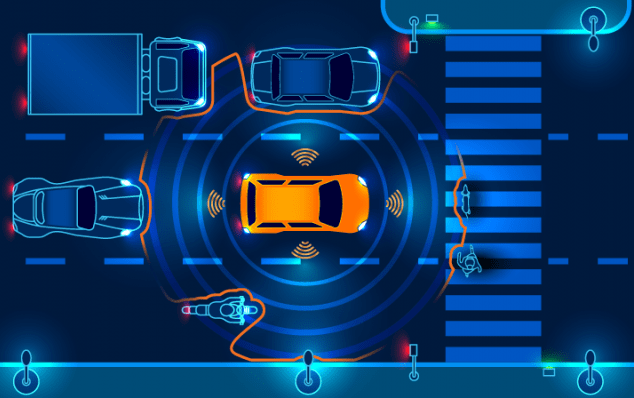 Next-Generation Control of Autonomous Vehicles (Massive Analytic): International Patent Portfolio
Next-Generation Control of Autonomous Vehicles (Massive Analytic): International Patent Portfolio
Autonomous (partially and fully self-driving) vehicles are no longer science fiction. There are a dozen or so autonomous vehicles on the market, there are thousands of self-driving vehicles on the road, and every car and truck manufacturer has plans to introduce autonomous vehicles. However, the current generation of self-driving vehicles has a serious deficiency. They lack the ability to use inferential thinking to communicate in real time with the rapidly changing environment around them.
This portfolio covers Artificial Intelligence that enables a partially or fully self-driving vehicle to both see and understand the vehicle's surroundings as accurately as human beings can. This portfolio creates an Advanced Driver Assistance System (ADAS) that provides Artificial Precognition using Adaptive Cognized Control (APACC). In-vehicle cameras, sensors, ADAS, LIDAR and DSRC generate specific real-time vehicular data which is combined with actuators, control units and integrated software to enable the vehicle to monitor and respond to its surroundings. Additionally, three-dimensional geometry is computed for situations in front of the vehicle in real time from the sensory inputs. This three-dimensional geometry is combined in real-time with driver behavior, environmental maps (including weather, road conditions and traffic), and images stored in a high-performance computing (HPC) data center.
APACC uses complex algorithms and provides a significant level of inferential thinking and real-time communication. With sensory inputs and the three-dimensional geometry generated for real-time situations, APACC allows “cognizing” of the vehicle's surroundings providing a “perception” of the external environment much as humans do. APACC – by its use of a combination of three-dimensional geometry with driver behavior in different situations – simulates the way humans use a combination of stored memories and sensory input to interpret events as they occur and anticipate likely scenarios.
Patent Portfolio
- U.S. Patent No. 9,645,576: Apparatus for controlling a land vehicle which is self-driving or partially self-driving
- Chinese Patent 105189237: Device for controlling an automatic or partially automatic driving driving a land vehicle
- Japanese Patent 2016520464: Apparatus for controlling a land vehicle for self-operated self-operation or partial
- Israel Patent 41688: Apparatus for controlling a land vehicle which is self-driving or partially self-driving
- European Patent 2976240: Apparatus for controlling a land vehicle which is self-driving or partially self-driving
The patents in this portfolio would enable any current supplier of autonomous vehicles, or any company developing autonomous vehicles, to take its technology to the next level and provide superior driving control, safety and responsiveness.
The most significant patents of the 19th Century covered farm equipment, the telegraph and telephone, photography and the electric light.
The most significant patents of the 20th Century covered the automobile and airplane, radio and television, and the transistor and telecommunications.
In this century, the most significant patents will cover Artificial Intelligence!

 Learning and Using Artificially Intelligent Interactive Memories of People (AwareGen): Two U.S. Patents plus One Continuation
Learning and Using Artificially Intelligent Interactive Memories of People (AwareGen): Two U.S. Patents plus One Continuation
Humans are only able to have meaningful conversations and interactions because we have recollections of events and previous conversations and interactions, and that knowledge creates the basis for future conversations and interactions.
This portfolio enables learning interactive memories of a person in conversations or interactions with family members, friends, and others via video chat (Skype, FaceTime, Zoom, for example), a personal assistant (Echo/Alexa and others), telephone, and other applications or devices. The system then simulates realistic conversations or interactions with that person in the person’s absence or after the person is deceased. The person can share his or her learned interactive memories with family members, friends, followers and others via social media, cloud, or storage device (such as a flash drive). What is it worth to be able to learn interactive memories of a parent, grandparent, spouse, friend, historic figure, or famous person (such as a scientist, athlete, actor, musician, politician or other notable) for family members, friends, or historic record? And be able to converse or interact with him or her when that person is no longer with us?
This portfolio’s technology simulates conversations and interactions based on artificially learned interactive memories including video and audio streams learned from actual conversations or interactions with real persons. The system enables personalized learning of a specific person’s conversational style including the person’s distinctive facial expressions, voice characteristics and other idiosyncrasies – unlike the cold, robotic nature of current conversation simulators. The portfolio’s technology has only until now been portrayed in science fiction movies, but the technology can now finally be made real!
For businesses, this portfolio enables learning collective interactive memories of multiple customer service representatives, sales representatives or other business personnel in conversations and interactions with customers via telephone, video chat, and other applications or devices. The system then enables automated customer service, sales or other business functions by simulating realistic conversations and interactions between customers and an artificially intelligent representative.
Applications and devices that could benefit from this portfolio include:
- Skype, FaceTime, Zoom and other video chat applications
- Echo/Alexa, Siri, Google Now, Cortana and other personal assistants
- Cellular and traditional telephone services and devices
This portfolio includes U.S. Patent Nos. 9,582,762 and 10,579,921 for “Devices, systems and methods for learning and using artificial intelligence interactive memories” plus one continuation application. This portfolio would be an excellent acquisition for any technology company prepared to offer a truly next-generation product with both consumer and commercial applications.
Patent Brokerage Prospectus: Contact [email protected] to receive an analysis of each portfolio that includes:
- Executive Summary
- Patent Overview and History
- Technology and Investment Summary
- Market Research
- Company Analysis
- Illustrative Evidence of Use (if applicable)
We offer patents in these technologies:
- Artificial Intelligence
- Automotive/Vehicular
- Banking/Financial Services
- Construction/Building Trades
- Consumer Electronics
- Consumer Products
- Digital Currency/Cryptocurrency
- Drones/UAVs
- E-Cigarette & Vaping Technology
- E-Commerce
- Energy/Power Generation
- Foods/Nutritional Products
- IoT Patents/Internet of Things
- Manufacturing
- Medical Electronics and Devices
- Mining/Drilling
- Mobile/Wireless
- Network/Location-Based Services
- Optics/Displays/Video/LED
- OTT Patents/Over-the-Top
- PCs and Notebooks
- Pharmaceuticals
- Robotics/Automation
- Semiconductor
- Smart Home/Smart Office
- Social Media
- Software, Apps, and Architecture
- Sports/Sporting Goods
- Telecommunications/IP Telephony
- Warehousing/Material Handling
- Other
- Go to Patent Index
- Return to Patent MarketPlace

